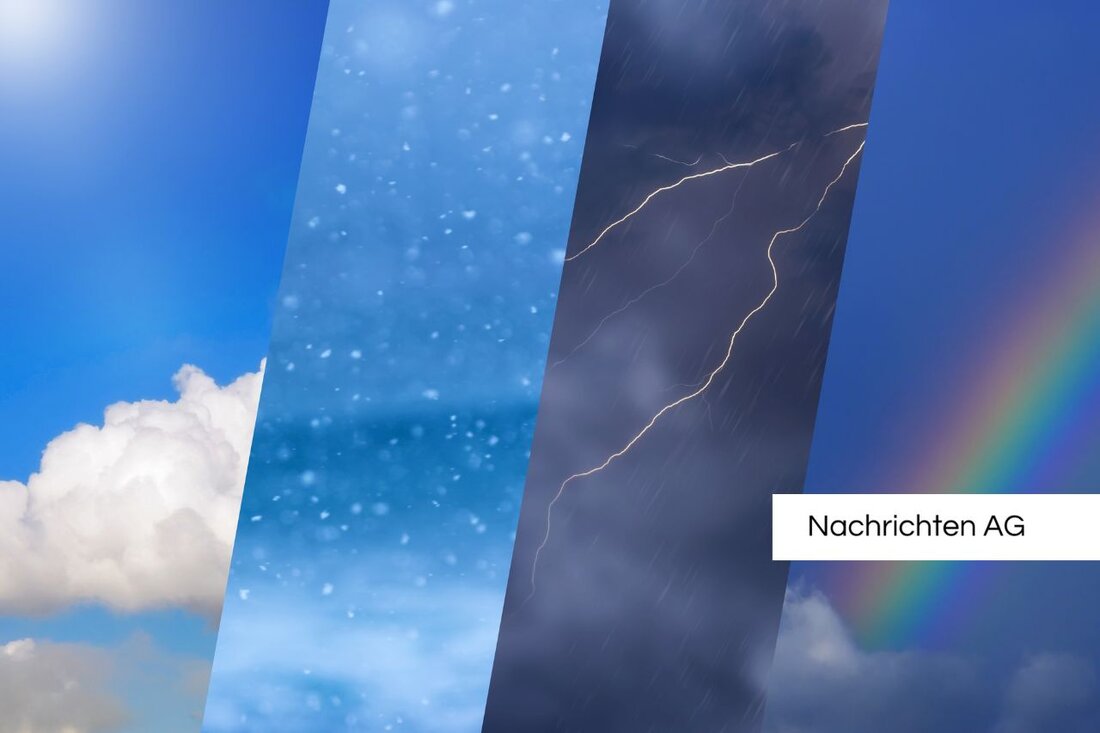Late ice saints bring frost and rain to Rhineland-Palatinate
Frost and rain characterize the weather forecast for Rhineland-Palatinate in May 2025. Late ice saints bring fresh temperatures and precipitation.

Late ice saints bring frost and rain to Rhineland-Palatinate
On May 19, 2025, the weather situation in Rhineland-Palatinate will be characterized by the delayed Ice Saints. These meteorological singularities cause a significant drop in temperature and bring with them frosty nights. While dry weather prevails in the north of the state, up to 50 liters of rain per square meter is expected in the south. The last few days in Rhineland-Palatinate were characterized by rather low temperatures.
The Ice Saints, which originated between May 11th and 15th, ended on May 15th with “Cold Sophie” Day. This is a period in which cold air often flows in and night frosts occur, which is also emphasized by the farmer's rule: "You are not safe from night frost until Sophie has passed" ( weather.com ). As a rule, these cold air incursions have a particular impact on agriculture as they can cause frost damage to sensitive plants.
Weather forecast for the coming week
Significant warming is forecast for the coming week in Rhineland-Palatinate, especially in the south and west. This is seen as a positive as the heatwave experienced in previous weeks is easing and the threat of thunderstorms is replacing the ongoing drought. However, cooler temperatures are expected again towards the end of the week ( merkur.de ).
The Ice Saints are not just a weather phenomenon; they also have a long tradition in Germany. The name days of the Ice Saints are Mamertus (May 11th), Pankratius (May 12th), Servatius (May 13th), Boniface (May 14th) and finally Cold Sophie (May 15th). Even though these days were postponed by ten days in the calendar origin through a reform in 1582, the associated weather events are still important for farmers and gardeners. The weather can vary greatly and in recent years there have been examples of mild weather, but also of extreme weather such as snowfall or heavily rainy days ( weather.com ).
In summary, it can be said that the current weather conditions in Rhineland-Palatinate and the aftermath of the Ice Saints represent both challenges and opportunities for agriculture. Careful handling of sensitive plants is particularly important now.

 Suche
Suche
 Mein Konto
Mein Konto